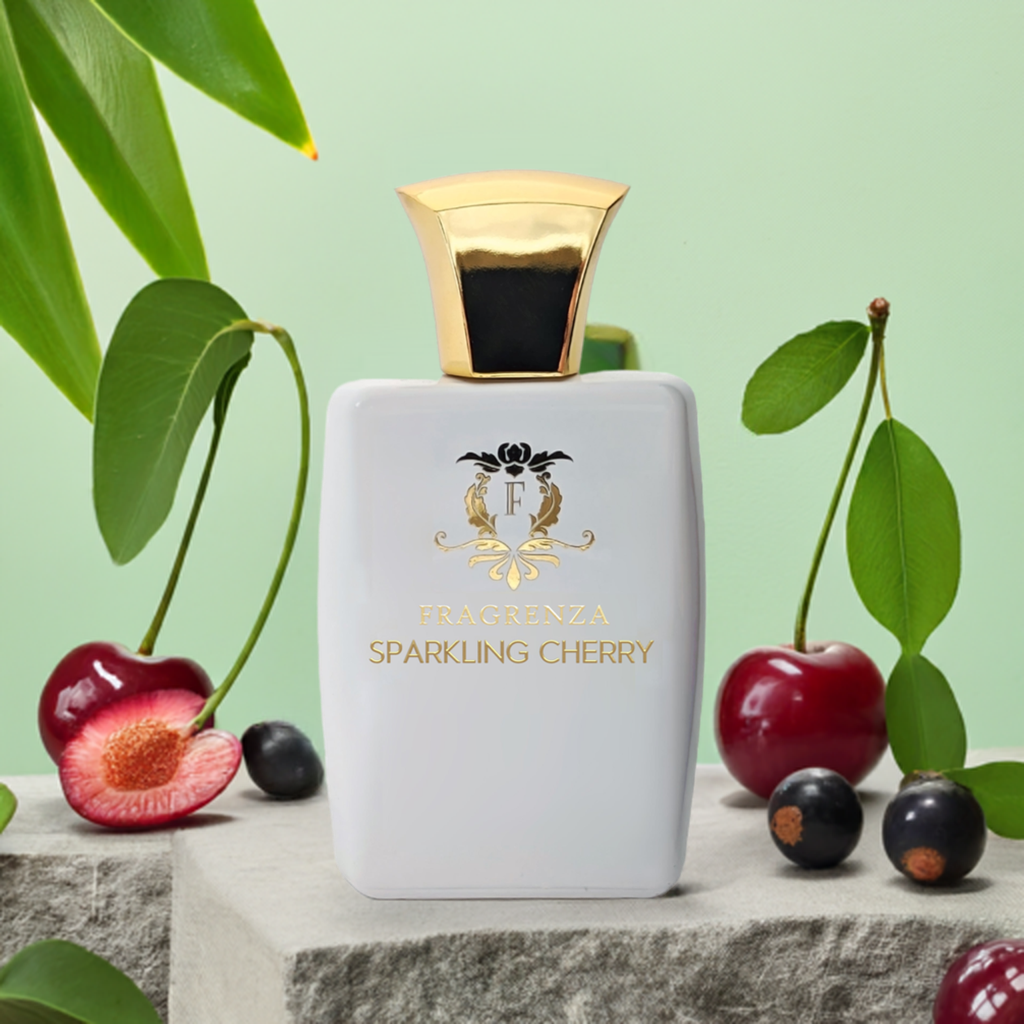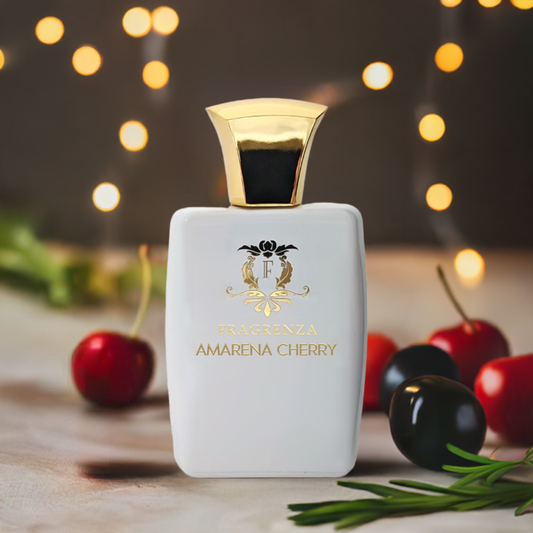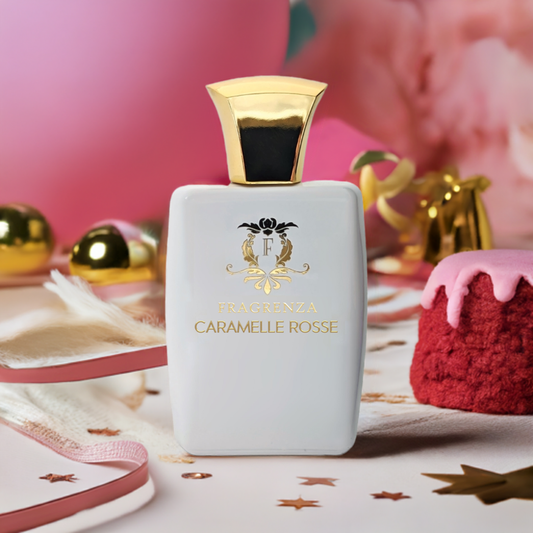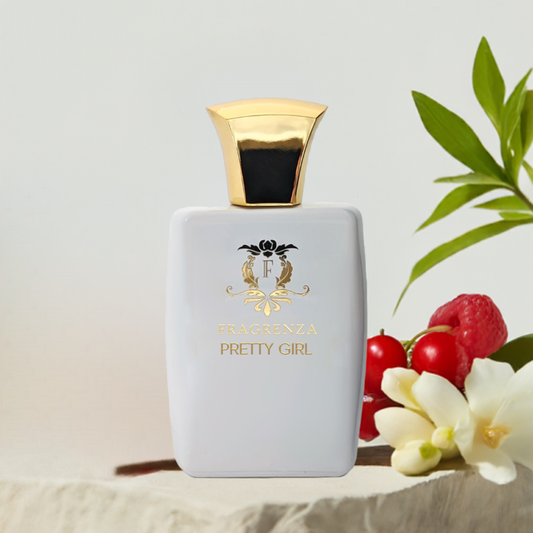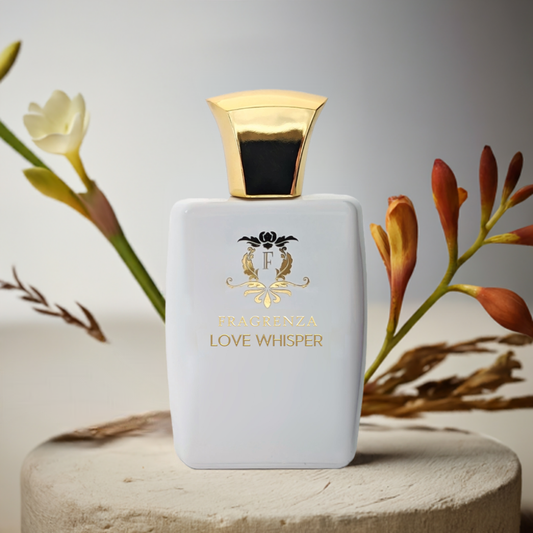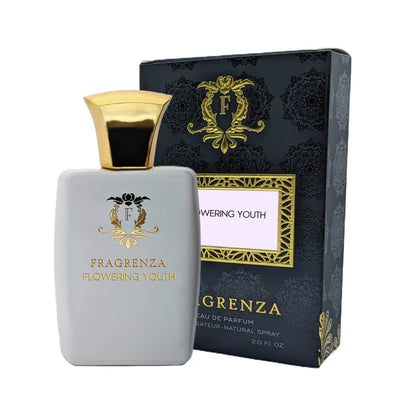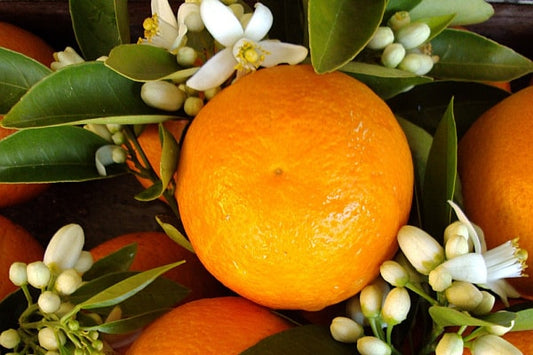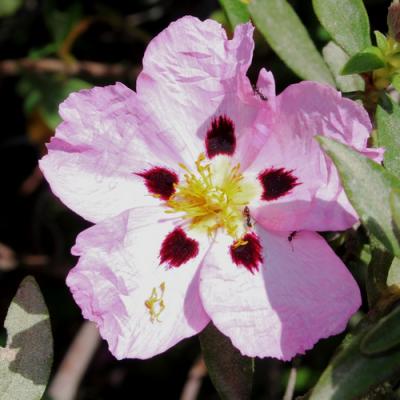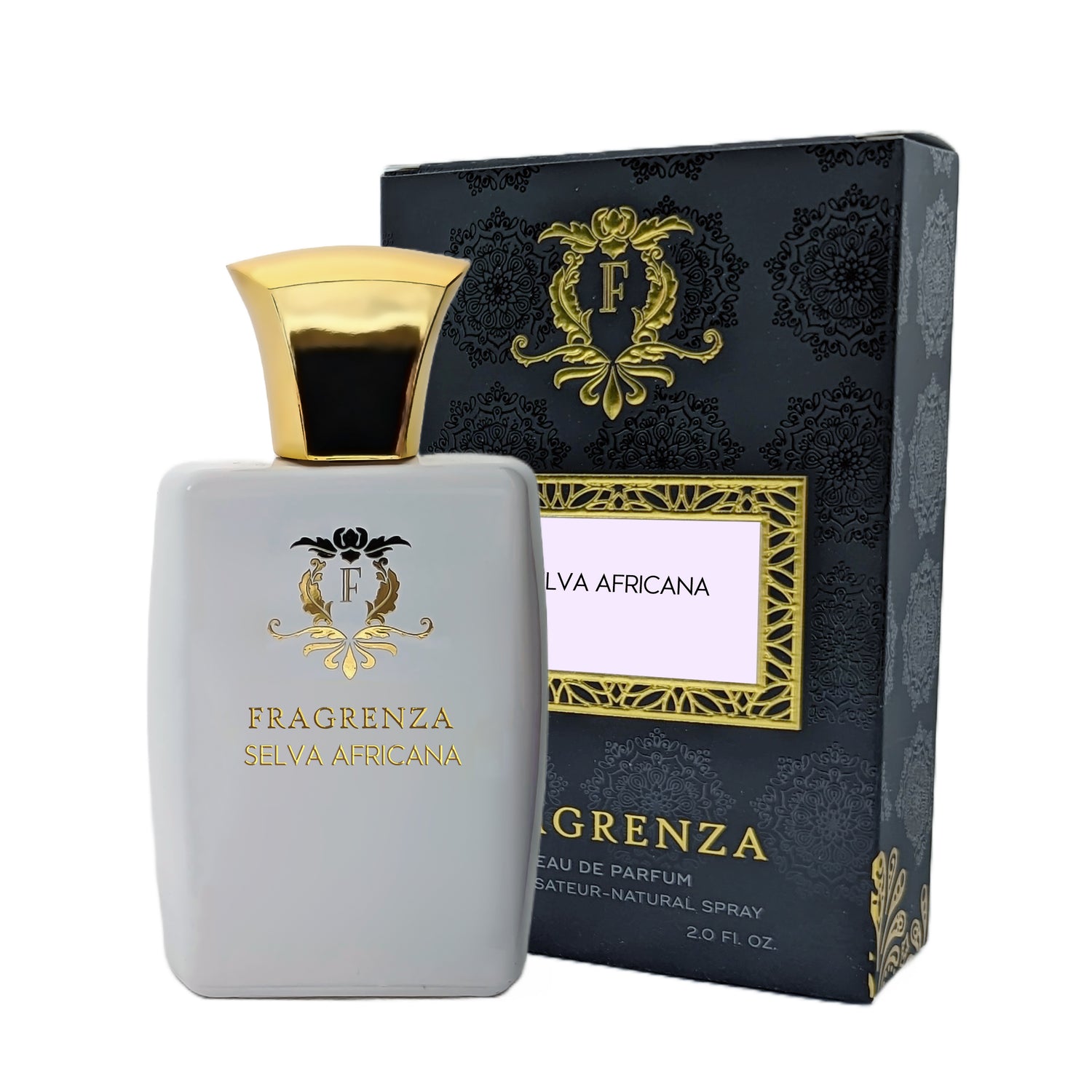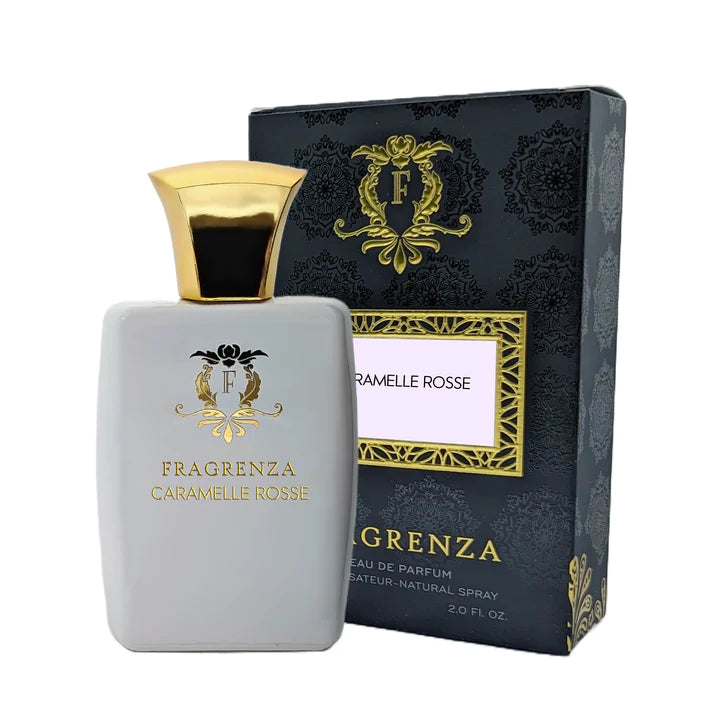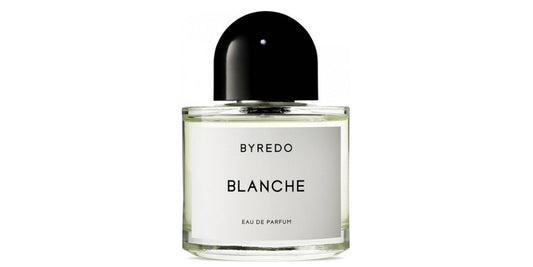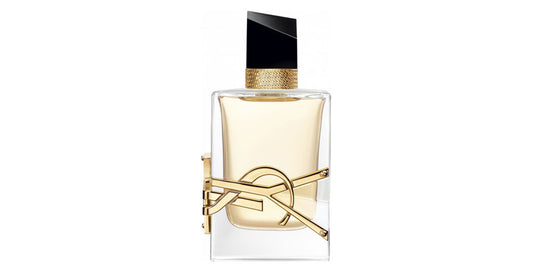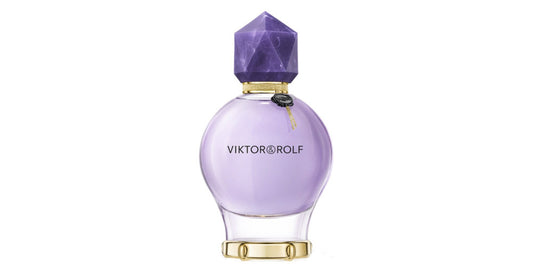What does cyclamen smell like
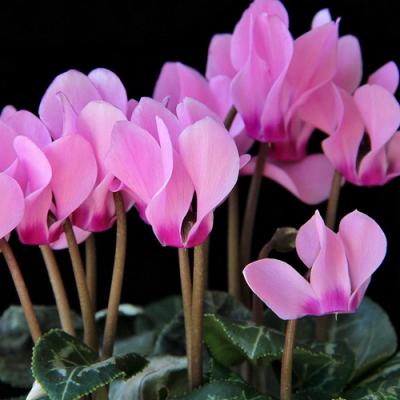
In This Article
The History and Symbolism of the Cyclamen
Cyclamen is a perennial plant from the Primulaceae family, with the most common species being the florist's cyclamen. Native to the Middle East, it can also be found in some shady regions of France. Today, about twenty wild cyclamen species exist, with many grown from crops. Thanks to hybridizations, there is a diverse range of cyclamen colors, sizes, and varieties – from white, red, purple, pink, to mauve. Some even have flamed, streaked, or edged petals, catering to diverse tastes and preferences.
Despite its delicate appearance, cyclamen is a cold-resistant plant that flowers between October and February, lasting for around two months. It can adapt to both indoor and outdoor environments, making it a favorite among gardeners. Cyclamen was known in ancient times for its therapeutic properties, containing cyclamine, a molecule with purgative effects. It was also believed to have aphrodisiac qualities and was used in love and sensuality potions. According to popular belief, placing cyclamen on the windowsill of a marital bedroom promotes a couple's happiness. In the language of flowers, cyclamen symbolizes a strong and sincere attachment.
The Delicate and Floral Scent of Cyclamen
Appreciated since the time of the Romans, cyclamen's scent was introduced to Europe in the 16th century. Today, it is a popular florist plant and a raw material used in many scented creations, providing a floral, soft, green, and slightly damp freshness. However, cyclamen's fragrance cannot be extracted naturally, so it is recreated in laboratories using other raw materials. Perfumers utilize cyclamen aldehyde, known for its fresh and slightly watery aroma, to achieve this effect.
Cyclamen is well-suited for both feminine and masculine perfumes. In women's fragrances, it can be found in Amor Amor Eau Fraiche by Cacharel, Armani Femme, and Burberry Summer. For men, cyclamen is present in Acqua Di Gio by Armani and Anthracite by Jacomo.
Fun Facts About Cyclamen
- There are about 20 different species of cyclamen, but due to hybridization, there are even more varieties, sizes, and colors available.
- Cyclamen was used in ancient times to make love potions because of its supposed aphrodisiac properties.
- Despite its delicate appearance, cyclamen is a hardy plant that can thrive in cold temperatures and withstand frost.
- Its natural fragrance cannot be extracted, so perfumers must recreate the scent using other raw materials in laboratories.
